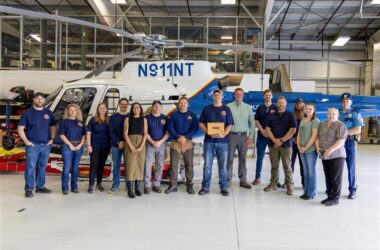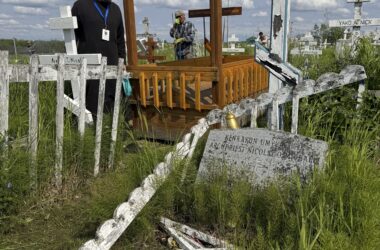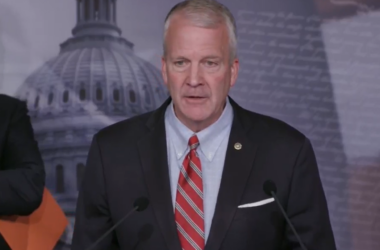Containment increased to 70% on the Loon Lake Fire Wednesday as the Pioneer Peak Hotshots and Gannett Glacier Crew completed cutting a fire break around the perimeter of the 102-acre fire, according to reports from fire managers with the Alaska Division of Forestry. A hose line also is in place around the fire to provide firefighters with a water source to extinguish any remaining hot spots found.
The forecasted rain played a factor with the increased containment as assisting crews spent the afternoon mopping up and gridding the interior perimeter for remaining hot spots. There were 62 personnel working on the fire as of this morning.
Type 3 Incident Commander trainee Torrey Short and Information Officer Kale Casey:
The University of Alaska Fairbanks Nanooks Type 2 hand crew will fly into the fire to replace the Pioneer Peak crew, who are mobilizing to McGrath for the About Mountain Fire where structures are threatened. The Nanooks crew will work on the section of fireline that Gannett Glacier and Pioneer finished yesterday, prioritizing cutting open and mopping up areas of heat in the thick black spruce along the interior of the fire perimeter. The Nanooks will remain on the Loon Lake Fire until the mopping up and gridding is complete. If needed, a helicopter with long line and water bucket can help knock down interior flare ups.
Resources assigned to Type 3 Incident Management Team lead by Incident Commanders Bryan Quimby & Torrey Short today include:
- 2 Hand Crews (36 persons) – Gannett Glacier Type 2 IA and University of Alaska Fairbanks Nannooks Type 2 Crew
- Kenai Helitack (3 persons)
- Type 2 medium helicopter
- Type 3 light helicopter
- Type 3 light Initial Attack helicopter
- Helibase and helicopter managers and support (7)
- Operations/support/overhead specialists (14)
A line-qualified Alaska Fire Medic will remain staged at the helibase in Sterling with a full complement of both basic and advanced life support to support crews for any medical issues. The highest priority on this fire is to ensure that every firefighter returns safely to camp at the end of shift, and leaves this assignment healthy and ready for the next wildfire.
REMINDER – A Temporary Flight Restriction (TFR) remains in place with a three mile “no fly” area from the center of the fire. For details about the TFR, go to https://tfr.faa.gov/save_pages/detail_1_2229.html.
06/17 6:00 AM UPDATE – The Division of Forestry reports that containment of the 102 acre fire increased to 50% Wednesday as crews continued mopping up and gridding for pockets of heat. 62 fire personnel are currently assigned under the leadership of Type 3 Incident Commander Bryan Quimby. The fireline and hose lay around the fire perimeter is now 100% completed.
The Pioneer Peak Hotshots are departing the fire this morning to support the efforts to protect McGrath. The University of Alaska Fairbanks Nanooks Wildland Fire Crew arrived last night and will be flying to the fireline to continue mopping up, gridding and cutting out and pockets of thick black spruce within the interior of the fire perimeter that are holding heat.
Because the fire is burning in a designated wilderness area within the Kenai National Wildlife Refuge, the Division of Forestry had to get permission from Refuge managers to drop retardant on the fire. Refuge officials allowed it as long as retardant wasn’t dropped too close to any waterways. State forestry dropped three loads of retardant to fence the fire in and give firefighters on the ground a chance to attack it.
Below is a video of an air tanker making a retardant drop taken by an Alaska DNR- Division of Forestry (DOF) firefighter working on the Loon Lake Fire on Sunday. This was part of the initial aerial assault that helped keep the lightning-caused Loon Lake Fire in check and prevent it from becoming another Swan Lake Fire:
REMINDER – A Temporary Flight Restriction (TFR) remains in place with a three mile “no fly” area from the center of the fire. For details about the TFR, go to https://tfr.faa.gov/save_pages/detail_1_2229.html.






